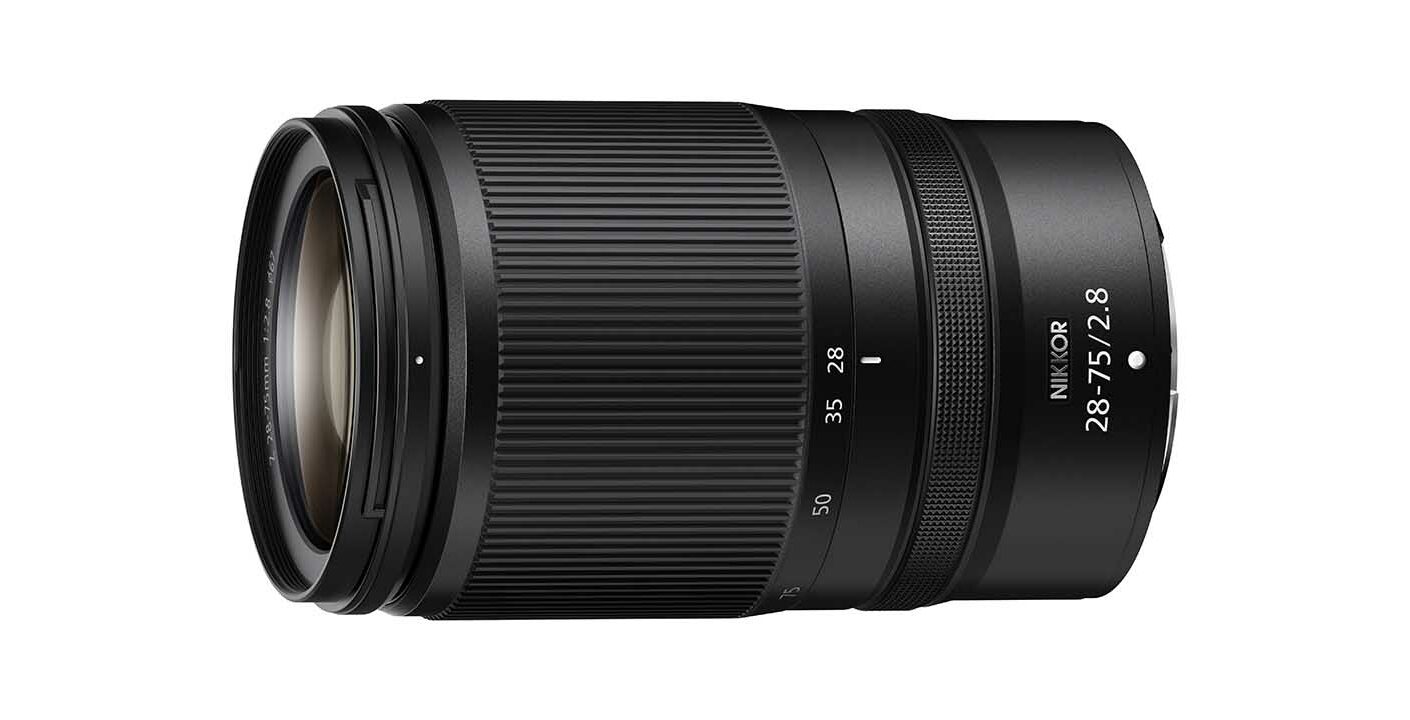As I mentioned earlier, the Nikon Z 28-75mm f/2.8’s control ring can be set to adjust the focus manually if the autofocus system struggles, but this was never the case when it was mounted on the Z9 – even when the subject was near to the closest focusing point.
The lens focuses quickly and silently, plus focus breathing is controlled very well, which is good news for video-shooting.
Nikon Nikkor Z 28-75mm f/2.8 image quality
Nikon has introduced some very impressive lenses since it introduced the Z mount and while the Nikkor Z 28-75mm f/2.8 may not have the ‘S’ label, it produces very sharp images. There’s some fall off in the corners, especially at the shorter focal lengths, but it’s not really noticeable at normal viewing and printing sizes.
The central sharpness at the widest aperture is particularly impressive at every focal length, and it’s maintained well through the aperture range up to around f/16 when diffraction begins to take a toll. I’d be happy to use f/16, but I’d avoid using f/22 as the results are just a little too soft.
Without the in-camera Vignetting Control there’s noticeable corner shading in images captured at the wider apertures. It’s almost completely eliminated by closing down to f/5.6. Alternatively, it’s much less noticeable with the Vignette Control set to ‘Normal’. However, you may still notice the corners brightening if you switch to f/4 or f/5.6.
It’s also worth activating the distortion correction, either in-camera or using the correction profile available image editing applications like Adobe Camera Raw and Lightroom. It rectifies the slight barrel distortion that’s visible at the wider end of the lens.
Chromatic aberration is generally controlled well, but I noticed a few slight traces around high contrast edges when checking images at 100% on a computer screen. These aren’t visible at normal viewing and printing sizes.
Similarly, flare isn’t a significant concern. Nevertheless, it’s good to see that a hood is provided with the lens.
Most out of focus areas looks good, but they can look a little ‘busy’ and some small light sources have ‘onion ring’ aberrations. There’s aren’t especially problematic but worth noting.



